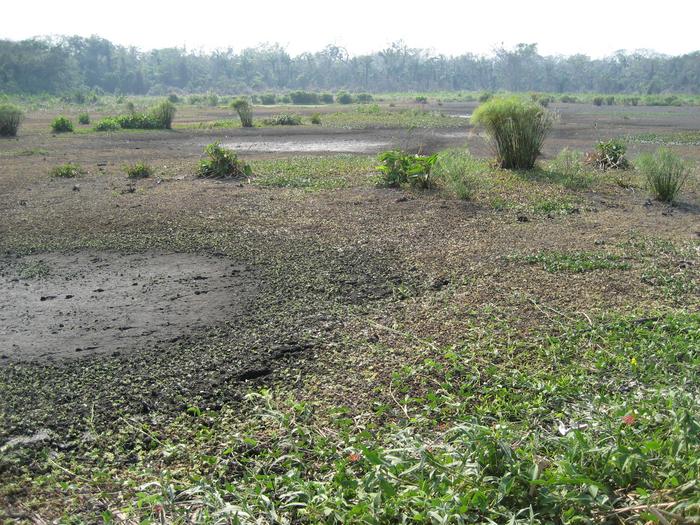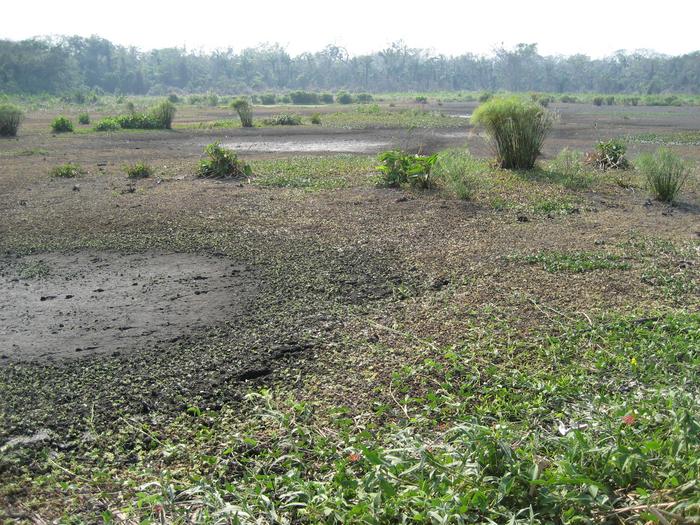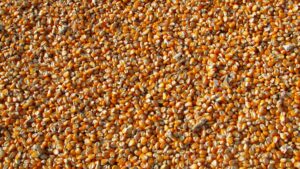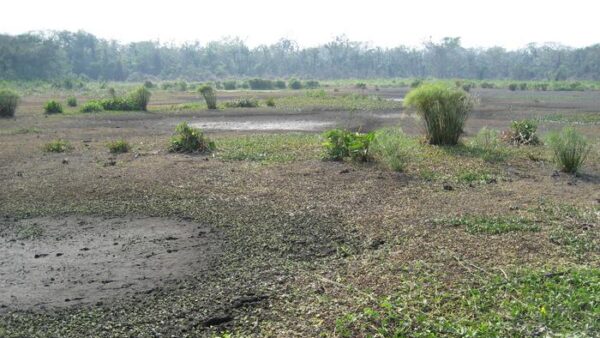A pre-Columbian society in the Amazon developed an advanced agricultural engineering system that enabled year-round maize production, according to a groundbreaking discovery by an international research team, including scholars from Spain, the UK, Brazil, and Bolivia. The findings challenge previous theories that dismissed the possibility of intensive monoculture agriculture in the region.
Published in Nature, the study reveals how the pre-Hispanic Casarabe society of the Llanos de Moxos in Bolivia transformed flooded tropical savannahs into highly productive farmland. Through an intricate system of drainage canals and farm ponds, they managed seasonal floods and droughts, facilitating continuous maize cultivation.
The Casarabe people, who thrived between 500 and 1400 A.D., engineered a unique infrastructure that redirected excess water during the rainy season while storing water for the dry months. This system, previously undocumented anywhere else in the world, underscores the sophisticated agricultural knowledge of ancient Amazonian societies and redefines our understanding of pre-Columbian civilization in Latin America.
This dual water management system enabled at least two harvests of maize per year, ensuring a stable food supply year-round, which was essential for sustaining a relatively large population, according to a press release.
“This intensive agricultural strategy indicates that maize was not only cultivated but was likely the staple crop of the Casarabe culture,” explains Umberto Lombardo, an environmental archaeologist at the UAB who led the discovery.
Instead of relying on traditional slash-and-burn techniques to create fertile fields, the Casarabe people developed a sustainable agricultural model that preserved nearby forests for essential resources like firewood and medicinal plants. Their innovative practices focused on maximizing water and soil efficiency in the seasonally flooded savannas, ensuring long-term productivity without deforestation.
These insights stem from meticulous field research that combined microbotanical analysis, remote sensing, and environmental archaeology. By analyzing 178 phytolith (plant microfossil) and pollen samples from a farm pond, researchers confirmed the presence of maize in the fields, highlighting its central role in the diet of this pre-Columbian society.
“The data shows the absence of other types of crops,” Lombardo adds.
“We can document that this is the first grain-based agrarian economy in the Amazon, where until now it was believed that agriculture was based on agroforestry polyculture and not on large-scale monocultures. Now we know that this was not the case in Llanos de Moxos”. Lombardo, who asserts that this innovative piece of engineering allowed for the transformation of a challenging environment into a productive system that ensured food stability and supported the development of a growing population.
The release notes that the research not only sheds light on the technological capabilities of pre-Columbian civilizations but also offers valuable lessons for modern agricultural sustainability. This discovery is a testament to the ingenuity and adaptability of the Casarabe people, who thrived due to their ability to design long-term sustainable agricultural solutions in an adverse environment.













